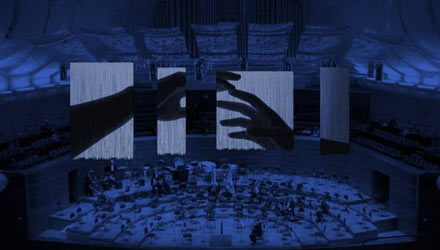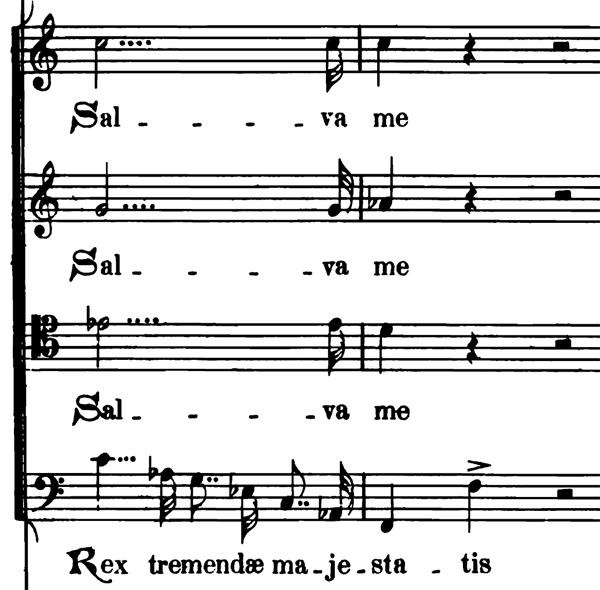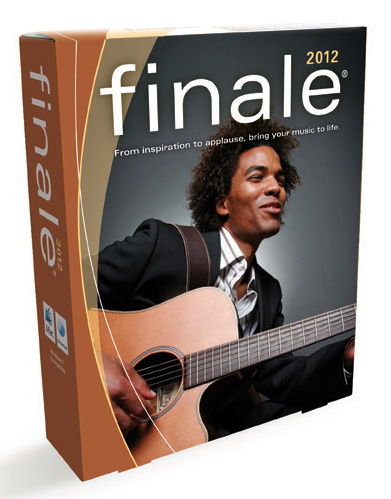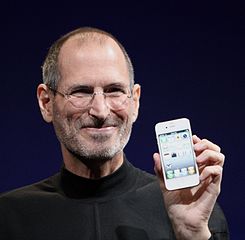The reviews for the San Francisco Symphony production of Le martyre de Saint Sébastien are in:
- Joshua Kosman at the San Francisco Chronicle thought it was a “loving rendition” and that the chorus “sounded superb”, but had some qualms about the piece itself.
- Richard Scheinin at the San Jose Mercury News found the piece “quite strange and fabulously beautiful”, and that the chorus “shined throughout.”
- Lisa Hirsch at San Francisco Classical Voice enjoyed the “highly effective multimedia production” and thought the chorus “turned in another masterly performance.”
This was a tremendously fun gig for me – the music is glorious, I had a great spot to listen to it, and nothing was too terribly difficult to sing. After my previous post from the tech rehearsal, they switched the soloists around so that Sasha Cooke also sang her solo from the platform just 10 feet in front of me. All the soloists were up close now, much more so than in the usual Symphony Chorus gig where we are in the terrace and the soloists are on the floor. What great fun!
I also got to meet Sasha Cooke and tell her how much I admired her singing and energy. She sweetly said the chorus was the star of the show, but that’s not really true. This was the orchestra’s show, with the chorus and soloists in supporting roles.
After a non-stop sequence of Verdi, Brahms, and Debussy (not even counting the Mahler and holiday concerts that I didn’t sing), the Chorus finally gets to take a 6-week breather. Then we start rehearsals for the premiere of Mason Bates’ Mass Transmission during the American Mavericks Festival from March 15 to 17.
Mason Bates has some interesting things to say about the piece in an interview that the Symphony posted on YouTube:
I’m enjoying our break now, but really looking forward to the next gig too!

 If you’re in San Francisco this weekend and love Debussy, you really should try to get to see and hear our production of Le martyre de Saint Sébastien at the San Francisco Symphony. We’re doing the full incidental music in a semi-staged production. The work becomes a multi-media pageant complete with narrator, soloists, chorus, and orchestra.
If you’re in San Francisco this weekend and love Debussy, you really should try to get to see and hear our production of Le martyre de Saint Sébastien at the San Francisco Symphony. We’re doing the full incidental music in a semi-staged production. The work becomes a multi-media pageant complete with narrator, soloists, chorus, and orchestra.

 Although I knew it was coming sooner than later, it was still a real kick in the stomach to read that Steve Jobs died today. I was at WWDC in June, one of his last public appearances, and I immediately saw how much his health had declined since the previous year. Yet there he was, leading us into the wonders of Apple’s next set of innovations involving iCloud and iOS 5.
Although I knew it was coming sooner than later, it was still a real kick in the stomach to read that Steve Jobs died today. I was at WWDC in June, one of his last public appearances, and I immediately saw how much his health had declined since the previous year. Yet there he was, leading us into the wonders of Apple’s next set of innovations involving iCloud and iOS 5. While the cause of Steve’s death is not known at this time, we do know that he
While the cause of Steve’s death is not known at this time, we do know that he